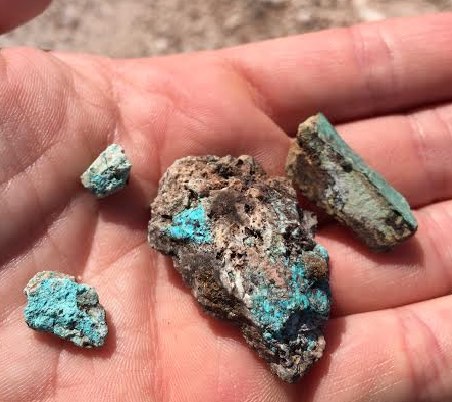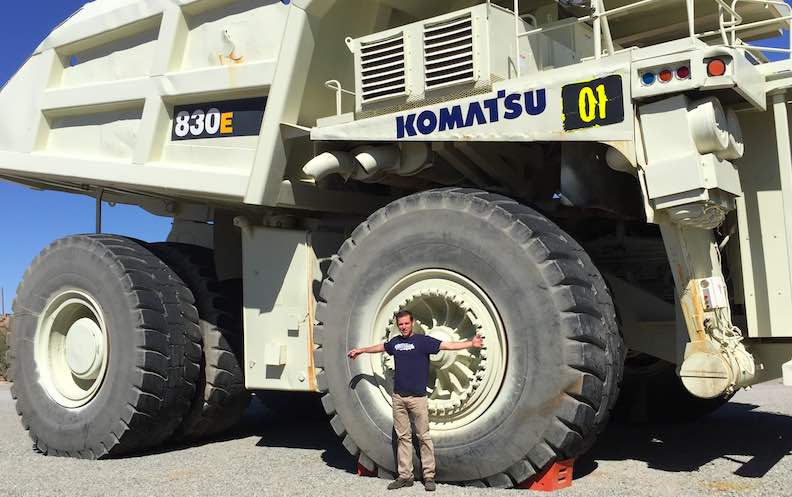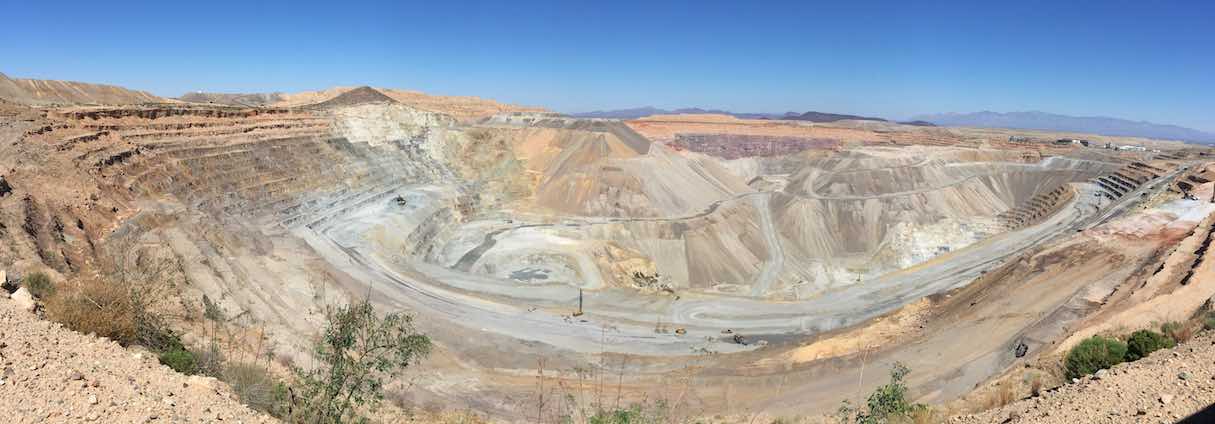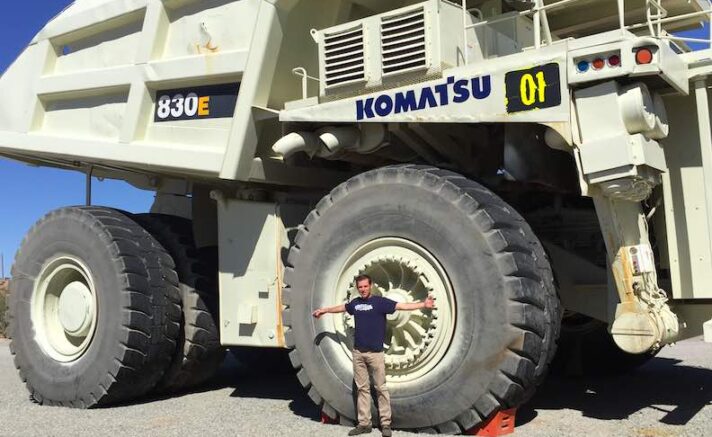There Are No Guarantees In Investing, Except This…
“There are no guarantees in life, except death and taxes.” – Benjamin Franklin
(Actually, the real quote is: “Our new Constitution is now established, and has an appearance that promises permanency; but in this world nothing can be said to be certain, except death and taxes.” But, that doesn’t sound as impactful.)
I’d generally agree with Ben in regards to guarantees, but there are some near certainties that you and I can plan on.
Macro Trends
Here are some general assumptions for the next 25 years:
- The human population will increase.
- Use (and consumption) of technology will increase.
- Electricity will continue to be generated and consumed.
With these assumptions (which I’d say are near certainties) we can look at areas to invest.
Companies like Facebook, Apple, Samsung, or Google may jump out at first. But, really, none of those companies are guaranteed. They may run into a problem like a cell phone that catches fire or a scandal with one of their operating procedures. While somewhat unlikely, it’s not impossible that one of those companies might not be in business in 25 years.
So, what is a (near) guaranteed investment that will play on those macro trends?
Copper.
Copper is used in pretty much everything we use. Your car, your house, your computer, your clothes, your food… it’s everywhere!
And our (humans) appetite is only increasing.
(If you want to see a ridiculous list of things we use copper for, check this out.)
From an investing standpoint, this is a great trend to invest in.
The easiest way to do this is to simply buy a copper ETF. $JJC, $COPX, $CPER, and $CUPM are four different options. (The details of these four are here.)
You can also buy a copper mining company to see potentially larger gains.
The largest publicly traded copper producer in the world is Freeport McMoRan ($FCX).
The company has been in business for over one hundred years, employees over 30,000 people, and has operations all over the world.
This is clearly a major company – it’s even a component of the S&P 500.
Freeport is currently trading at a reasonable valuation, with a P/E under 10. There are lots of other valuation measures that we could use, but the bigger picture is that the company is not a ‘one hit wonder.’
Also, Freeport does not currently offer a dividend, but it has historically. The dividend was discontinued after the recent crash in commodities. I expect this dividend to reappear in the future.
However, Freeport does have a mountain of debt that they are dealing with. They have been selling off assets to fight their debt load, but only time will tell how well they can do this (I think they’ll be just fine in the long run).
Now, if you know me as an investor, I am not usually comfortable investing unless I physically go see what is going on. Meaning, I need to go meet, see, and talk with the company and people I am going to be investing in.
So I did. I went to Arizona, where Freeport McMoRan is headquartered and where there are some enormous copper mines. (The largest copper mines are mostly in Chile and are operated by companies like Freeport McMoRan, BHP Billiton, and Rio Tinto.) 
What copper looks like straight from the ground.

Believe it or not, but this dump truck is actually HALF the size of what is now being used.

This picture does not do this mine justice, as it is 1 mile across, three miles wide, and almost 2,000 feet deep.
Now, I didn’t just travel to Arizona to look at some mines.
I visited with the CEO of a mining company to investigate a project that has ENORMOUS upside potential.
There may be an investment opportunity for both accredited and non-accredited investors (as well as US and non-US citizens) to get into this project.
(Those of you who will be going to Colombia will probably hear more about this first, as there are some sensitive details to review in a closed setting.)
More on this as it unfolds.




